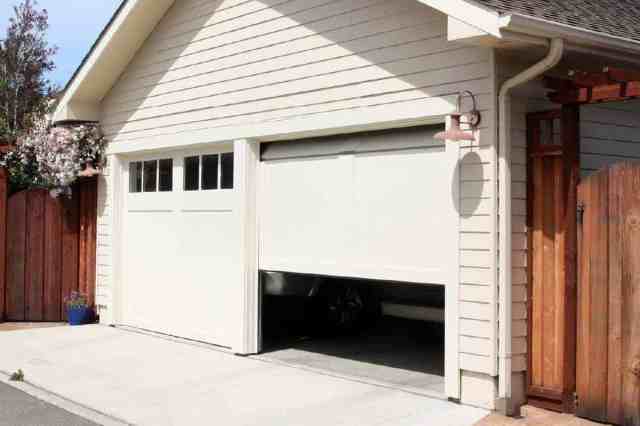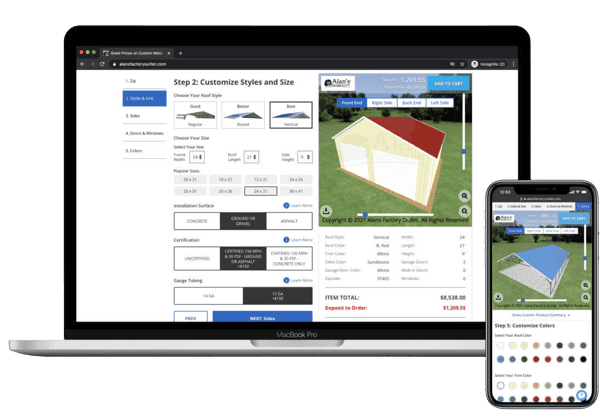Planning to upgrade your garage door from manual to automatic? There are two main types of garage door openers: chain drives and belt drives. Learn the advantages and disadvantages of each type below to figure out which is best for your needs.
Chain Drive Openers
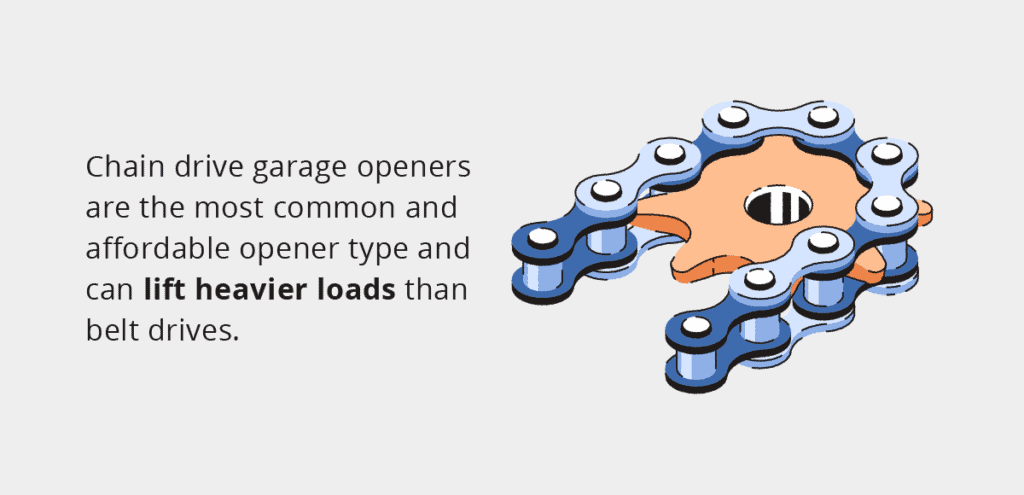
Chain drive garage door openers use a trolley system with a metal chain to open and close the door. These drives easily lift heavier doors, and can last you from ten to fifteen years when properly maintained. They’re more affordable than belt drives, but are louder and require more maintenance.
Belt Drive Openers
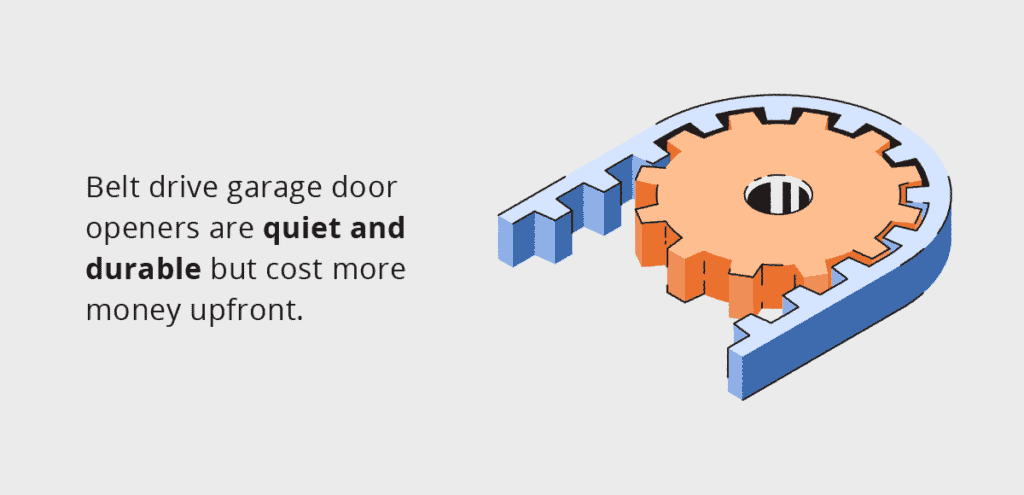
Belt drive garage door openers also use a trolley system, but with a rubber belt instead of a metal chain. These drives are highly durable, require little maintenance, and result in low levels of noise.
But if your garage door is on the heavier side or if you have a two-door garage, a belt drive might not be strong enough to open and close your door. Additionally, belt drives are pricier and can increase the cost to build a garage.
Key Differences
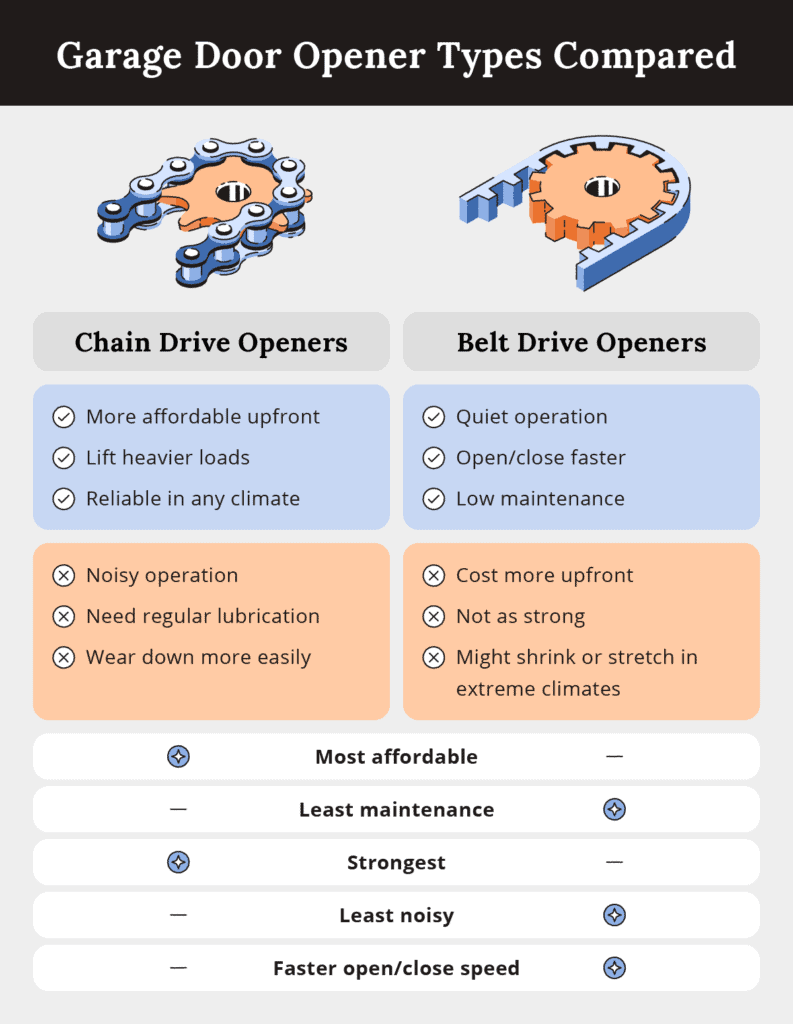
If you’re looking for a durable and inexpensive garage door opener and don’t mind the noise, a chain drive might be right for you. But if you have extra money to spend, don’t want to wake the family, and have a one-car garage, a belt drive could be the right choice.
We fully break down the advantages and disadvantages of each type
below.
Cost
Between chain and rubber belt drives, the chain drive is more affordable upfront and more widely available. If you buy a home, your garage is likely to have a chain drive by default since belt drives are a newer alternative.
While chain drives are less expensive upfront, belt drives are more economical long term since they require less maintenance. Additionally, chain drives tend to wear down faster than belt drives from the friction of metal grinding against metal.
Maintenance
While chain drives require regular maintenance to function, belt drives require little maintenance when installed correctly.
Chain drives require semiannual lubrication to function properly and last. They should also be checked for slack at least once a year. If there’s extra slack in the chain, tighten the tension screw on your power unit to fix the issue.
The only time where you may need to adjust your belt drive is if the rubber belt stretches or slips. If this happens, you’ll either need to tighten or reinstall your belt. These problems often occur from overly hot or cold temperatures, so if you have a temperature-controlled garage, it shouldn’t be an issue.
Strength
Both chain drives and belt drives are able to lift most residential garage doors, but chain drives can handle heavier loads. While a belt drive might struggle with heavy wooden doors or RV garage doors, chain drives are more likely to get the job done.
That said, for the average one-car garage, belt drives typically do the trick and have the potential to open faster for extra convenience.
Noise
Chain drives are much noisier than belt drives since they cause metal to grind against metal. In comparison, the rubber material used in belt drives operates smoother, resulting in less noise.
The only noise your belt drive may make is a squeaking sound, which would indicate it needs to be checked for proper tension and alignment.
Speed
Both chain drives and belt drives work at relatively low speeds to avoid safety risks. But because belt drives use rubber, which limits friction against metal, they run smoother and slightly faster than chain drives.
Which Garage Opener Is Best for You?
Between the two main types of garage door openers, the best one for you depends on your budget and the weight of your garage door. While belt drives make much less noise and open doors faster, chain drives are less expensive upfront and have more strength to lift heavier doors.
If you’re trying to keep noise to a minimum for others in your home, you may want to invest in one of our detached metal garages. That way, you have a space to work on cars, exercise, or engage in any other noise-making activities to your heart’s content.
